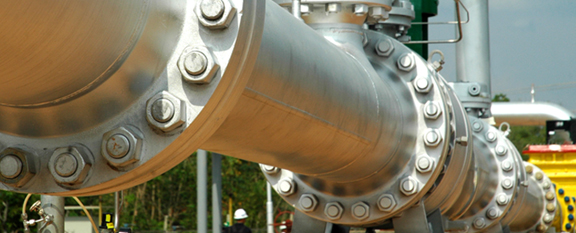
Piping Circuitization
Defining IOW targets for improved piping inspection
A piping systemization and circuitization program organizes and analyzes piping in similar service into groups or systems as a step towards developing Integrity Operation Window (IOW) targets and alert guidelines. Defining IOWs limits is a preventative measure that determines the different variables that could affect the inspection process. The approach is based on the latest available industry best practices and generally accepted best engineering practices including API 584 and API 570, as well as API 580 and 581.
Doing piping and circuitizaiton correctly means relooking at what has traditionally been done with piping programs - and do it quite differently.
Traditionally, most service providers provide handwritten notes on drawings that can hardly be understood, with the systems identified on a printed table with more handwritten notes. There is no discussion of operating conditions or service.
The Trinity Bridge approach provides documentation of the basis for the circuit, identifies damage mechanisms and the rate of damage, highlights inspection areas of concern and recommends solutions. This approach and the expertise of our consulting staff gives a more definitive and accurate answer.
Systemization & circuitization package
Properly circuitizing equipment begins with completed sets of updated PFDs and P&IDs. The PFD's are used to identify the individual systems, and then a new set of both PFDs and P&IDs are created for each piping group or system to be analyzed. These new PFDs will show the equipment included in the system, while the P&IDs are highlighted using a color and numbering scheme that indicates material of construction and circuit respectively.
Trinity Bridge clients receive a systemization and circuitization package which contains:
- Color coded P&ID's marked with piping systems and circuits
- A description of the equipment contained in the system
- Operating conditions and general corrosion concerns for the system
- Specific corrosion mechanism potential in the system
- Identification of corrosion and materials concerns for each circuit
- Key process variables and values driving the potential damage
- Circuit-by-circuit details including:
- Estimated Corrosion Rate
- Measured Corrosion Rate
- Primary Damage Mechanism
- Secondary Damage Mechanism
- Specific Location concerns
For more information, please call Lynne Kaley at 713-458-0098.
